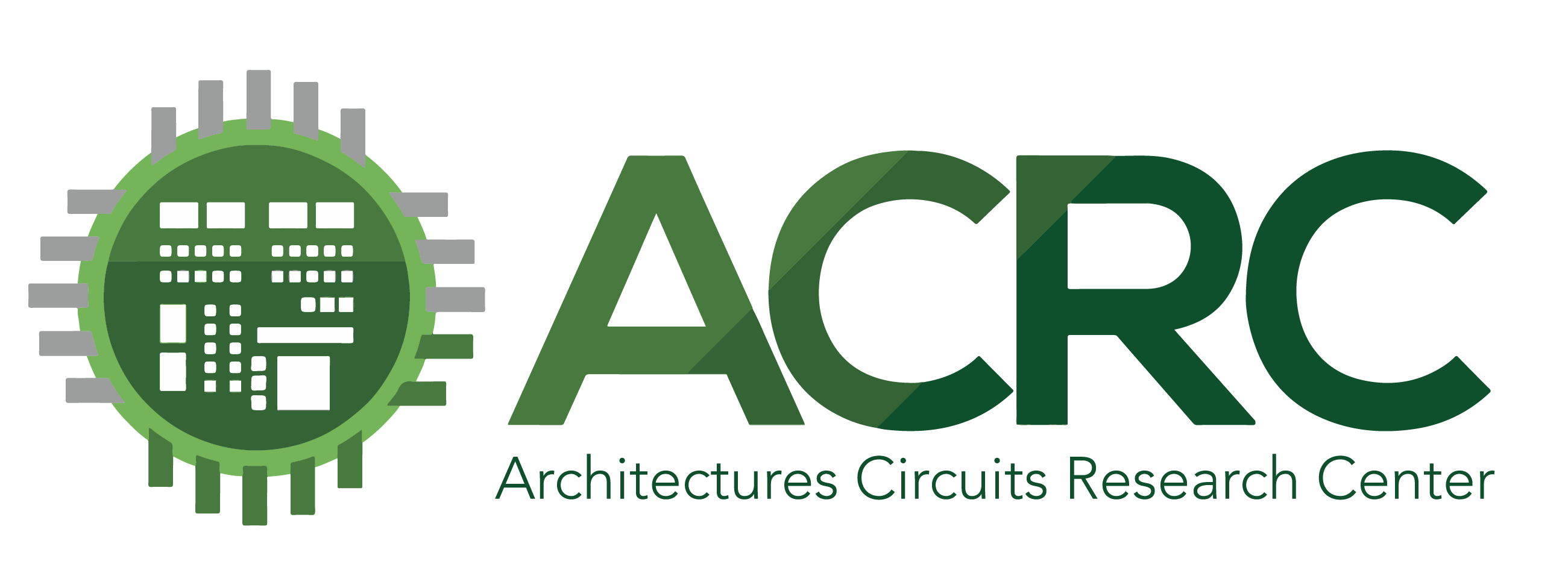Supervisor: Prof. Avinoam Kolodny
Place: Technion, EE Fischbach building, Floor 10 Auditorium 1003
Date: 16.6.11
Abstract:
Program: Addressing Technologies Beyond Moore’s Law: the reality of nanoscale devices as part of future System on System Integration

Speaker: Prof. Kamran Eshraghian
Date: 16.6.11
Location: Electrical Engineering Building, Floor 10 Auditorium 1003
Department of Electrical Engineering, Technion, Haifa, Israel
Synopsys: The evolution of SoC (System-on-Chip) and SiP (System-in-Package) introduce a 3rd dimension (3D) that maybe described in terms of a “Volumetric Growth Law” that takes into account the multitechnology nature of integration for a future whereby hyperintegration becomes the new innovation domain. This new frontier is conjectured to move us way beyond Gordon Moore’s 2-D scaling relationship as we begin to uncover new relationships and principles. While the future is becoming more difficult to predict, most likely we could anticipate an accelerating pace of change that span health sciences and intelligent health care, environmental management, smart energy management through to new innovations in man-machine interfaces, processing and communications. This seminar will explore the integration and likely convergence of disparate and significantly different and challenging technologies that are gaining more focus in the quest for a new processing/computing paradigm. The presentation will highlight the inevitability of 3D hyperintegration using technologies that are either in their infancy or those yet to be uncovered through initiatives of material physicists, computational chemists, and bioengineers and will focus upon one such technology such as Memristor, the 4th electronic component conjectured to challenge the perspective and the mind-set that researchers and industry currently may have.
Schedule:
Morning session 09.00 – 12.00
lunch break,
Afternoon session 13.00 – 15.00
Topics to be covered:
- From humble electron to System-on-System (SoS) Integrated domain
- Moore’s Law limitations?
- Multilayered technology design space
- Active substrates
- Insert substrate
- Multitechnology road map – future product-line inspired by innovations
- Disruptive technologies – an introduction to:
- Single electron transistor (SET)
- Carbon nano tube FET (CNFET)
iii. Nano-scale nonlinear photonic circuits
- Metamaterial domain – negative index materials
- Subwavelength nanoparticles
- Nanocircuit elements at optical frequencies
- RLC based filters – how do they behave
- Future of Universal Memory
- Evolution of nonvolatile resistive switching memory technologies
vii. Memristor (memory resistors) – the 4th fundamental circuit element
- 3-Dimentional hyperintegration
- System-on-Chip (SoC) and System-on-System (SoS) Integration
- Non-Moore’s integration
- System-on-System (SoS) design space
- Multitechnology platform
- Volumetric thresholding
- Applications
- Memristor-based Circuits and System Architectures
- Principles of operation and fundamentals
- Processing technology
- Modeling and design concepts
- Characterization and Modeling behavior
- Simple model
iii. More complex models
- Memristor-MOS based circuits
- Applications
Kamran Eshraghian is best known in international arena as being one of the fathers of CMOS VLSI (Very Large Scale Integration) having influenced two generations of researchers in both academia and industry in silicon based circuits and systems. He obtained his PhD, MEngSc, and BTech, degrees from the University of Adelaide, South Australia and Dr.-Ing e.h., from the University of Ulm, Germany. In 1979, he joined the Department of Electrical and Electronic Engineering at the University of Adelaide, South Australia, after spending some ten years with Philips Research, both in Europe and Australia. In 1994, he was invited to take up the Foundation Chair of Computer, Electronics and Communications Engineering in Western Australia, and became the Head of School of Engineering and Mathematics and Distinguished University Professor and subsequently became the Director of Electron Science Research Institute. In 2004, he became Founder/President of Elabs as part of his vision for horizontal integration of nanolectronics with those of photo-based systems, thus creating a new design domain for system on


